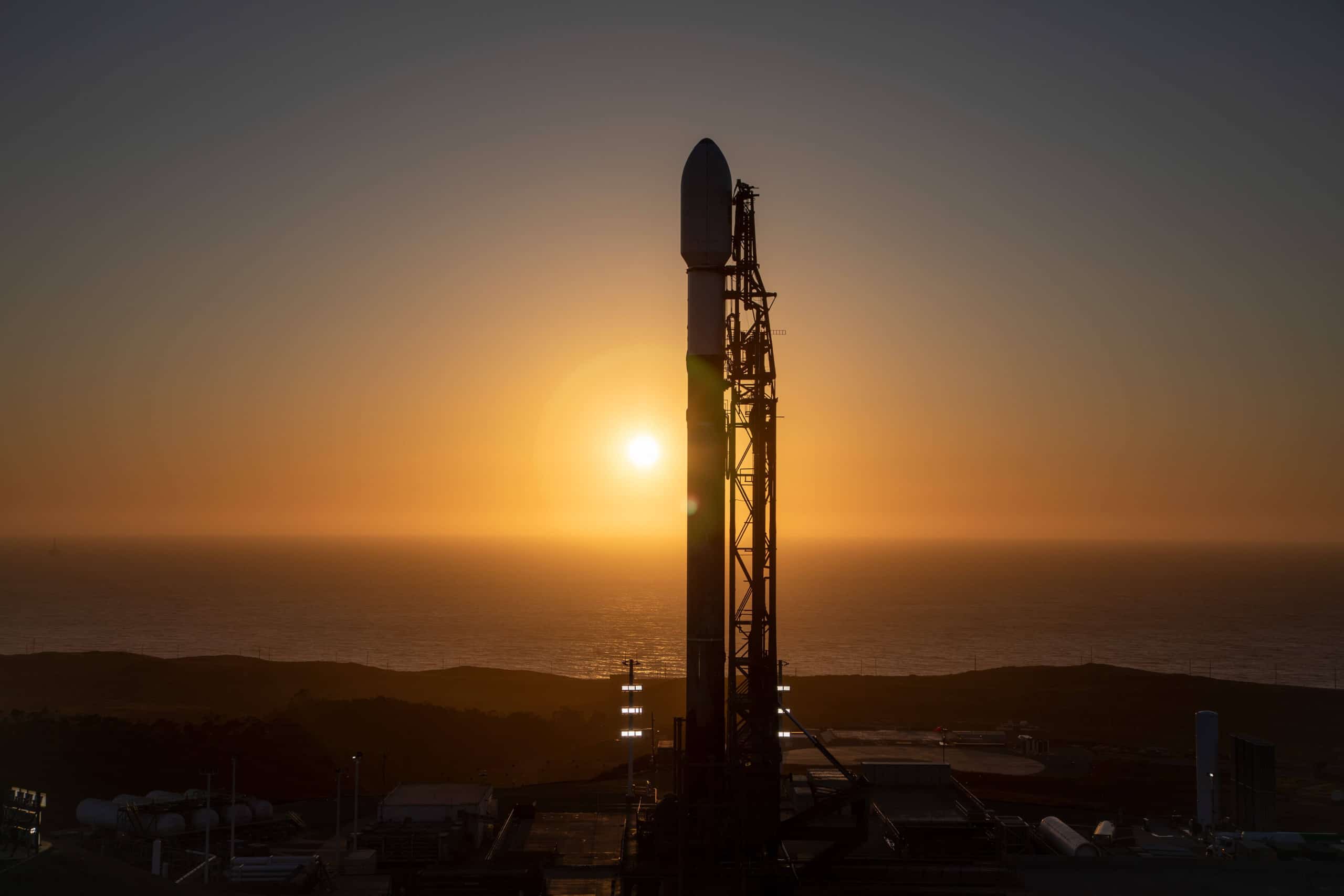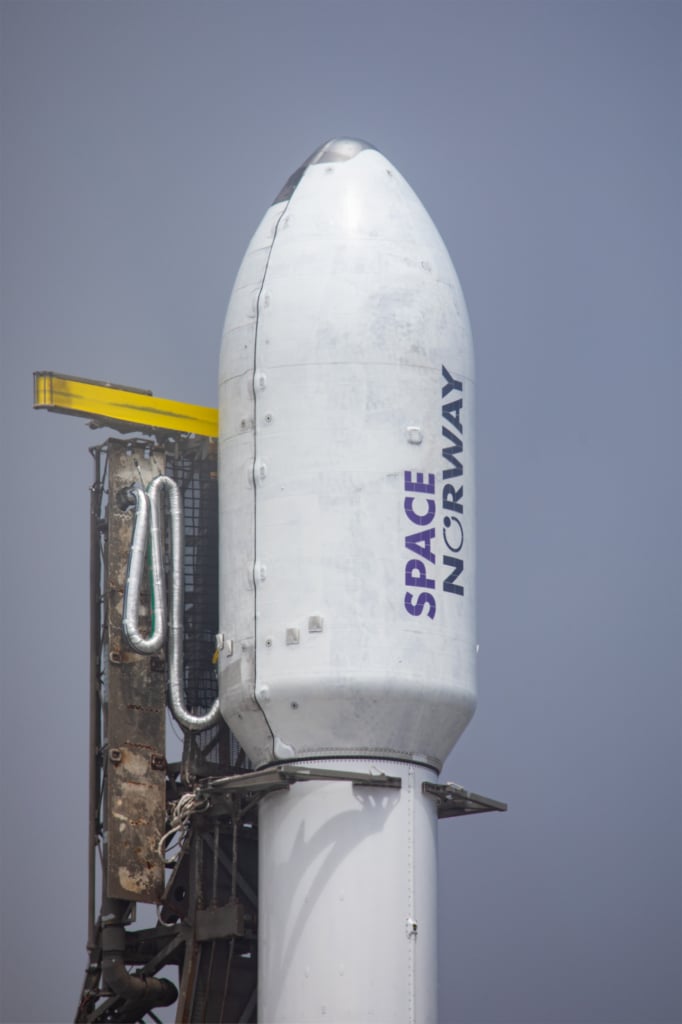Ready for the launch of the Arctic Satellite Broadband Mission satellites.
Norway’s largest space project to date – Space Norway is to launch satellites providing broadband coverage to the Arctic.
Expected time of launch is next week.
Space Norway’s program for broadband to the Arctic is completed, and the two large satellites launch from Vandenberg Space Force Base in California. The satellites, measuring 3x3x4 meters, with a wingspan of 27 meters, weighing 3,5 tons each, will launch on a SpaceX Falcon 9 rocket. The satellites will provide continuous broadband coverage to aircraft, ships, research vessels, fishing vessels, cruise ships, expeditions and troops operating in the Arctic by using a Highly Elliptical Orbit.
The Norwegian Armed Forces will operate a critical communication capability, for use in cooperation with allied forces operating in the high north. Existing geo stationary satellites do not offer coverage north of 75 degrees, where end users up until now have relied on one way radio communication or Iridium satellite phones.
The satellites carry payloads from the satellite communication company Viasat, the Norwegian Armed Forces as well as the U.S. Space Force. One of the satellites carries a radiation monitor developed in Norway, designed to map the radiation environment in space, a knowledge crucial to the European Commission´s development of future satellites.
The Arctic has been named Norway’s most important area of interest by several governments, and with this launch, Norway controls important communication services in an area that up until now has been without broadband coverage.
“This is a milestone in Norwegian space history. It is important to our country, it is important to us as a company, but most of all it is important for those who operate and work from Svalbard and further north”, says Morten Tengs CEO, Space Norway. “On behalf of the team and the whole company, I am very proud to see this huge endeavor realized. This mission shows what we are capable of as well as giving a hint of what the future will bring”, Tengs says.
“This satellite program is a ground- breaking effort in an allied, governmental & commercial collaboration. It is a showcase of how governmental and commercial needs can be met at a critical point for all involved. Our focus in this mission is the value it creates for civil users such as ships, aircraft and governmental users such as rescue services and the coastguard, as well as national and allied forces”, says ASBM Program Director Kjell-Ove Orderud Skare.
The satellites will be released from the rocket at 160 kilometers altitude and will spend ten days using their own engines raising to their highly elliptical orbit at 44, 000 kilometers over the northern hemisphere and 8, 000 kilometers over the southern hemisphere. The Falcon 9 booster will land and be reused after carrying the satellites into space. Once in orbit, the satellites will be operated from the newly built operations center in Tromsø. End users are likely to be able to use the connection from late autumn.
The life span of the satellites is estimated at 15 years and the program has an investment frame of USD 450M, with all capacity sold for all 15 years.


